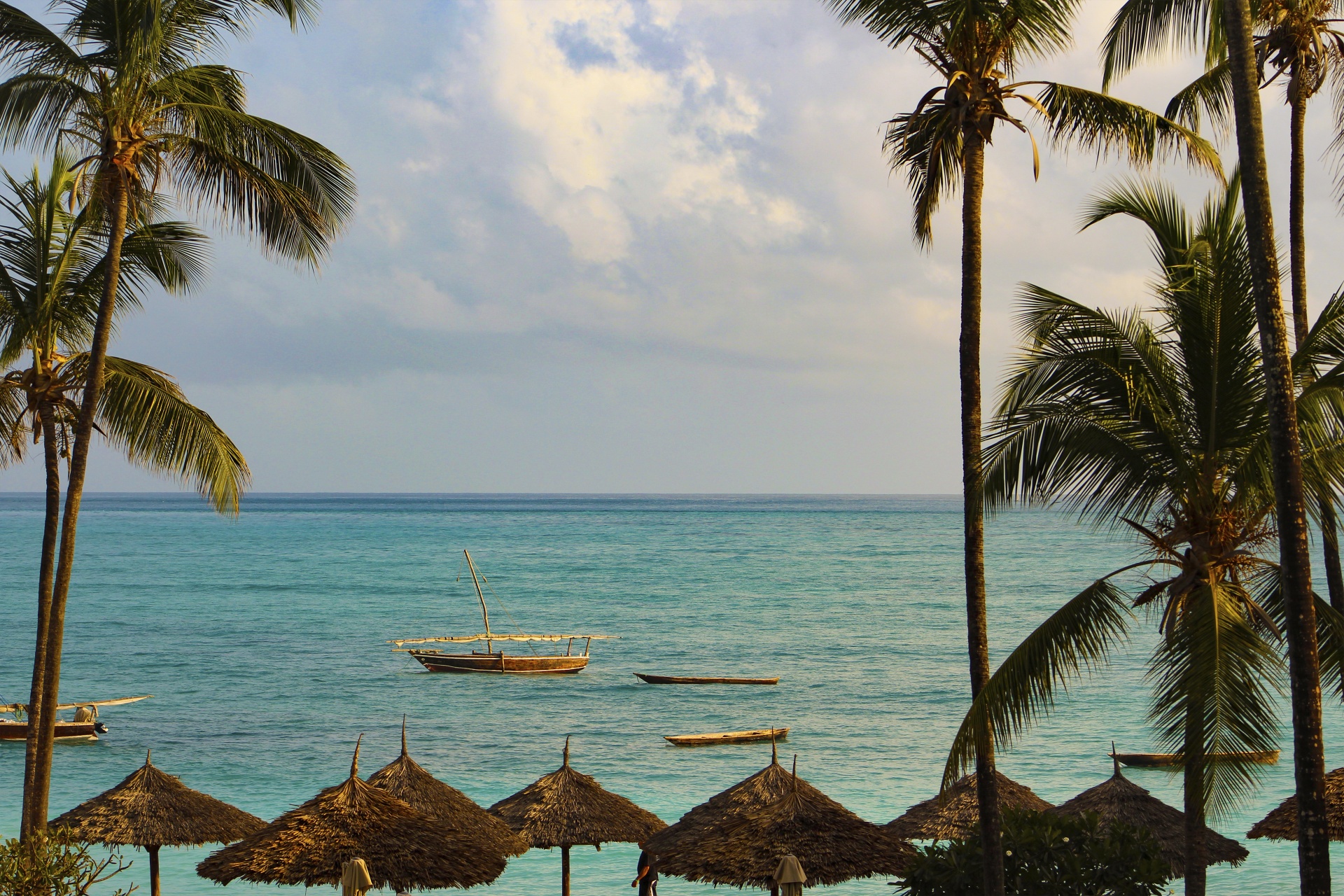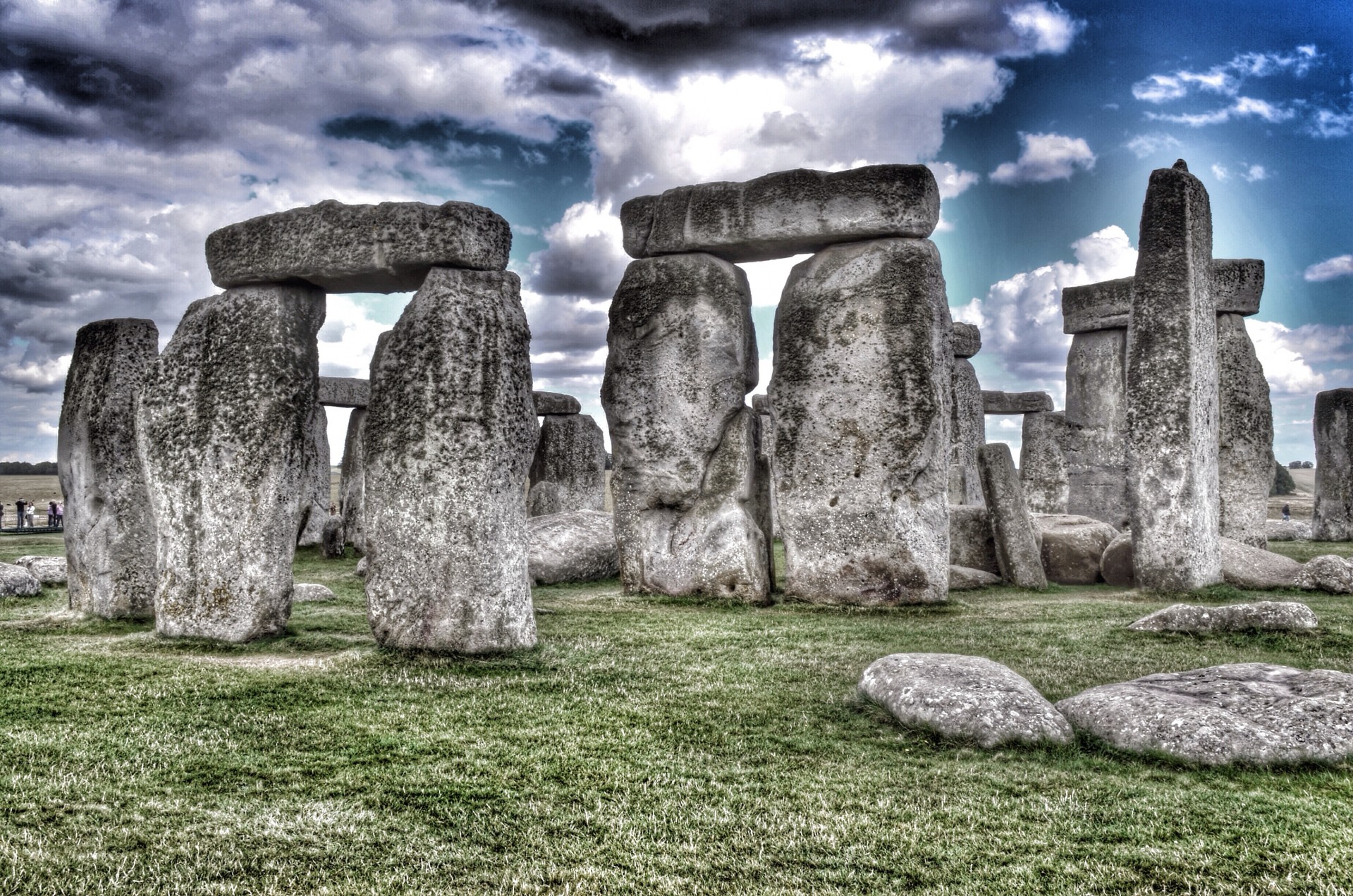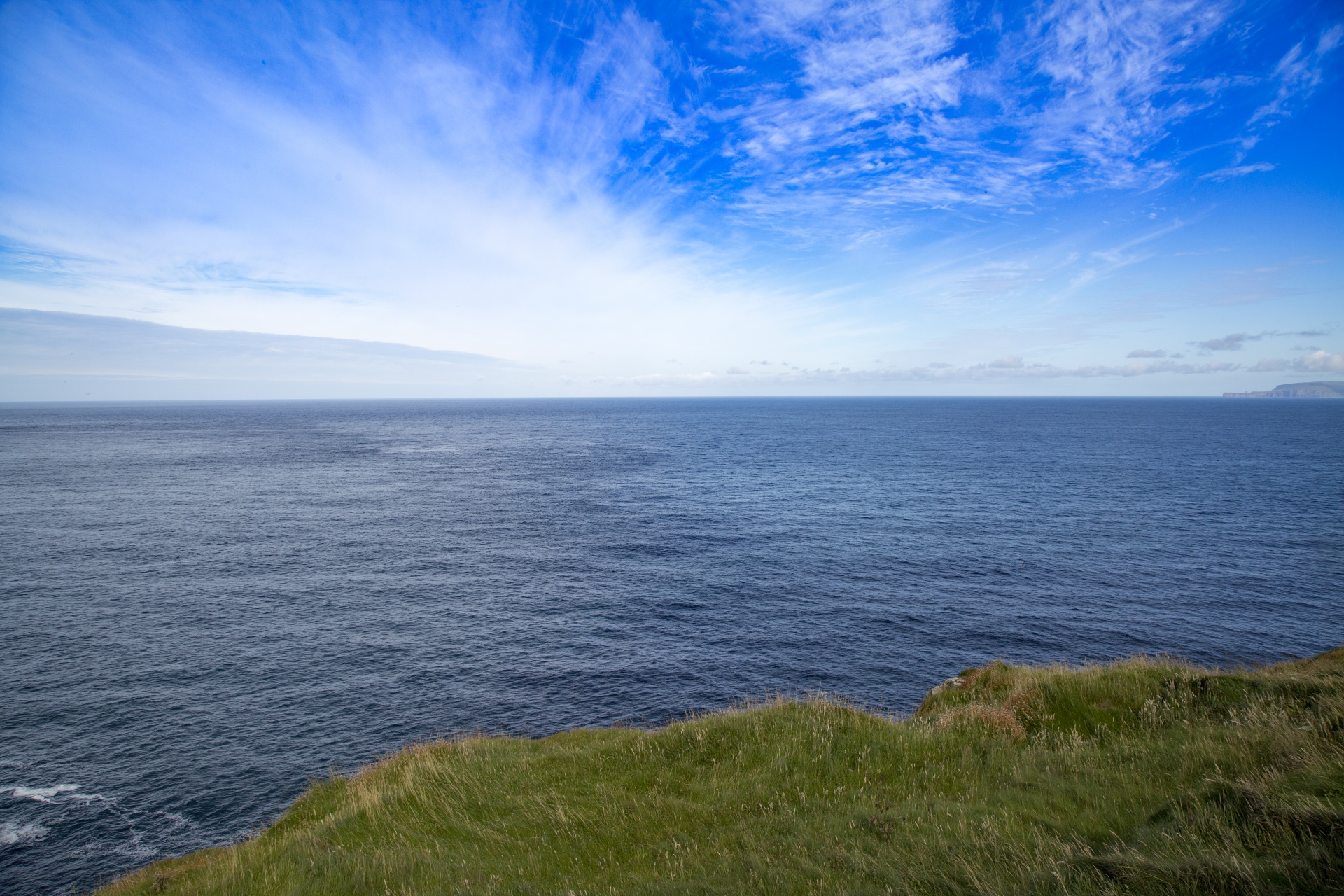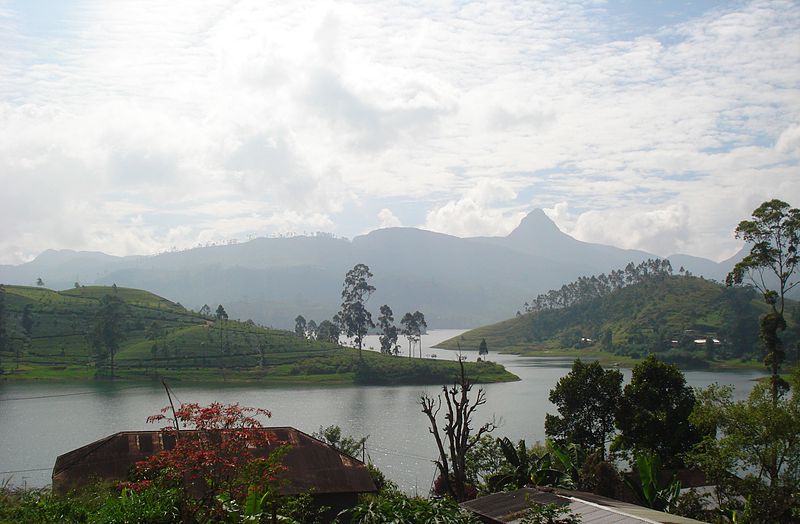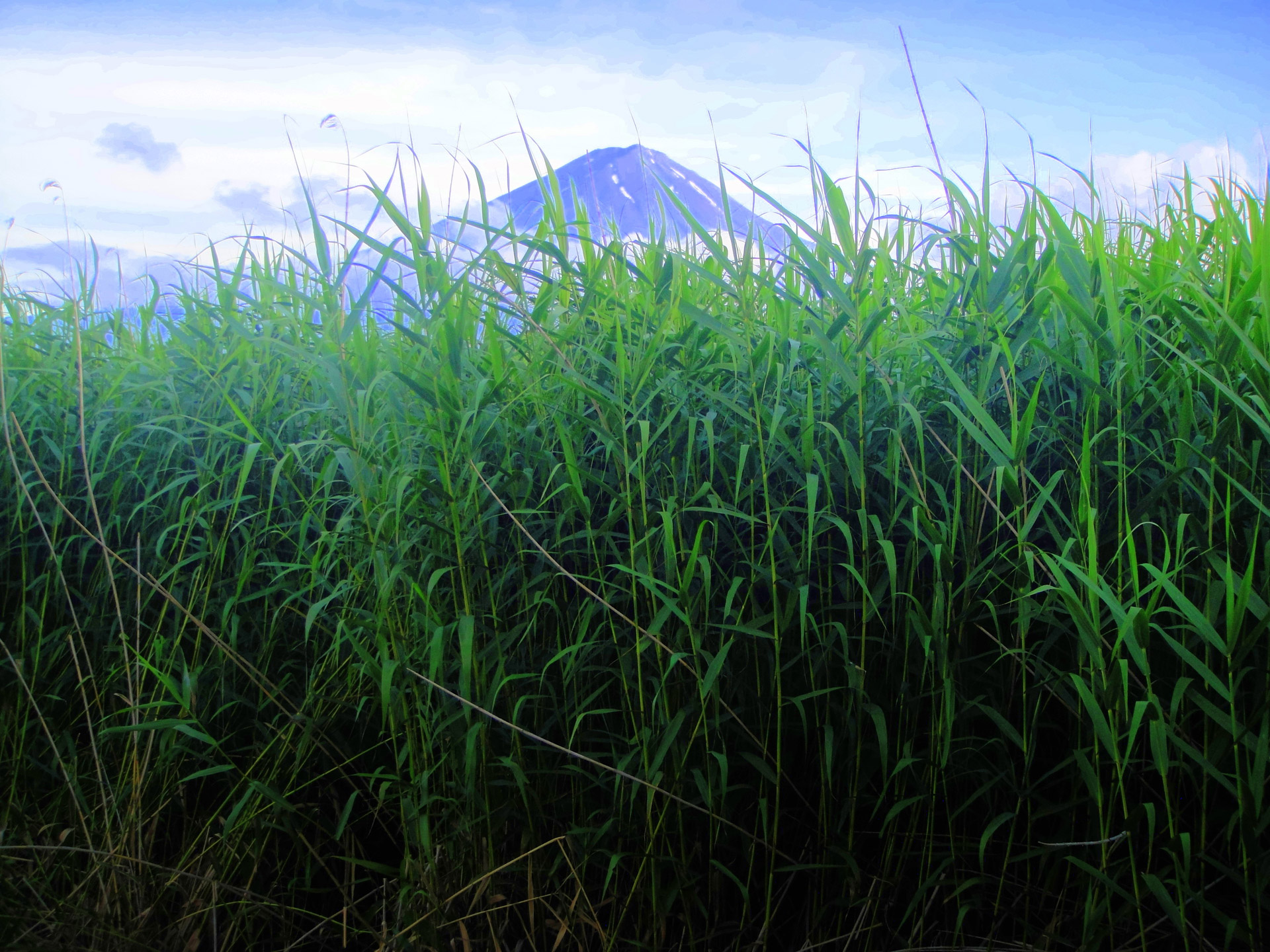
Sailing out to the Sunrise
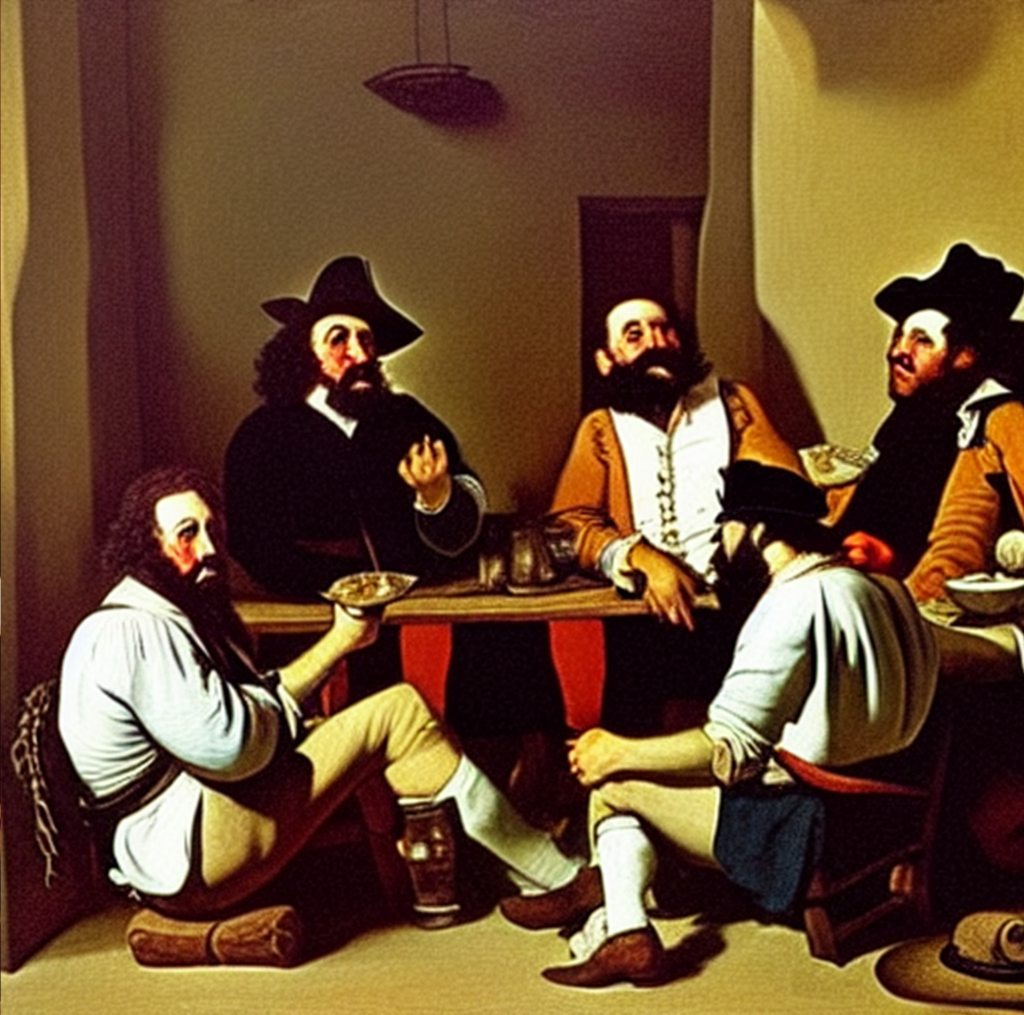
There came a day when several seasoned explorers were gathered in a tavern in Seville. It was late in the evening, the day’s work done, and the conversation began to tilt to selecting their next endeavor. It was never certain, afterward, exactly whose idea planted the seed; but most would agree that it was Captain Kosevo that first suggested a voyage to far distant Edo.
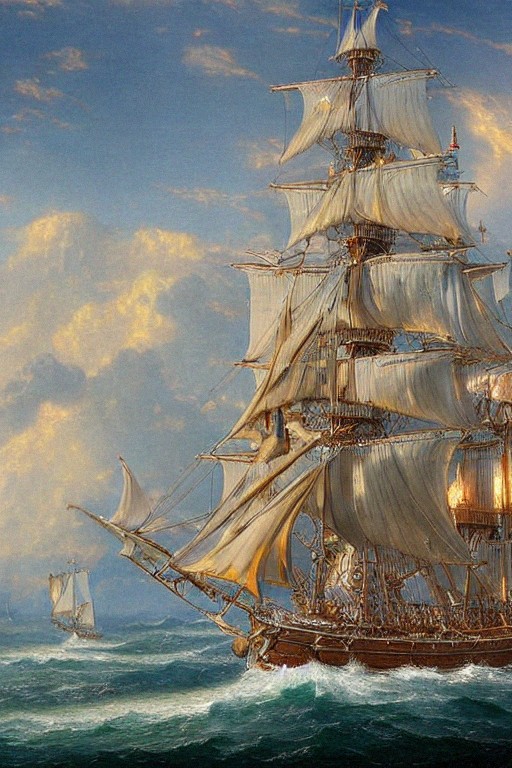
Some of the rest of the group included a weathered pirate, Captain Cyril, as well as the interepid explorer diUmbria and the wealthy merchant Juan Garrion. Soon enough they all seemed caught in an inexorible tide sweeping them across the world to Japan. In just a day their ships were loaded with food and water necessary for such a voyage, the sails fitted to deal with the prevailing winds, and the appropriate crews raised. With Captain Kosevo’s precise piloting they made the incredible voyage south along the west coast of Africa; out around the Cape of Good Hope; northward past Mozambique and Madagascar; then out across the Indian Ocean, past India, Sumatra, Indonesia.

Upon gliding into harbor, Mount Fuji rising in the distance, a serene end of this long voyage, there awaited a less-than-satisfactory result; only a few of them were permitted entry to the city due to the the complex laws governing international trade. Still, they circumvented this restriction in a commercial aspect by simply loading cargo from ship to ship, as technically the goods wouldn’t then pass from the dock to the unlicensed vessels. All too soon they were off again, and all was smooth; until, somewhere crossing the Indian Ocean, they found themselves separated.
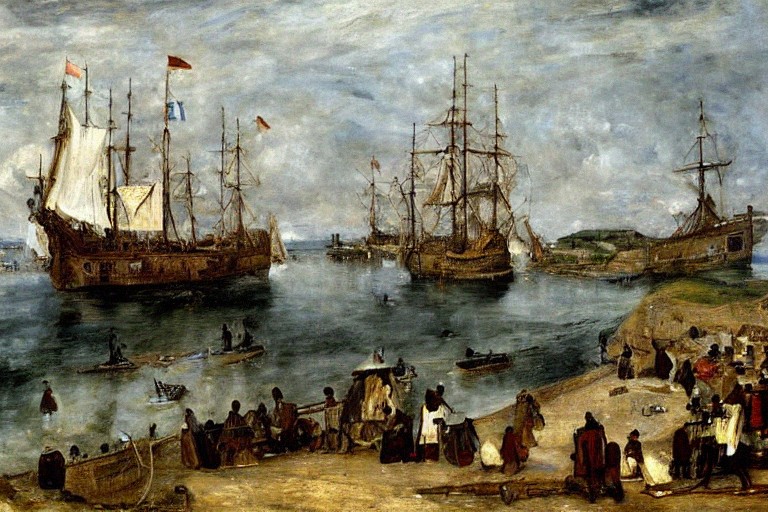
Juan Garrion found his way to the west, landing at the port of Natal. From here he had his bearings, being simply on the east coast of Africa, and easily sailed back around the southern tip and onward to Europe. diUmbria was a bit further behind with his much slower ship, but followed on a similar route by instinct. His only misfortune was being beset by pirates while rounding the Cape of Good Hope. The Captain himself had taken a rare and brief visit below decks, and missed the speck on the horizon that would prove so dangerous. Painfully, they were able to board the Joy of Triton with little resistance and loot as they pleased. So was lost diUmbria’s sole ruby as well as the first of three ancient Formosan artifacts he’d obtained via Juan Garrion. The thieves also stole a fish that diUmbria had caught off the coast of Japan; he’d intended to return it to Oxford for study.
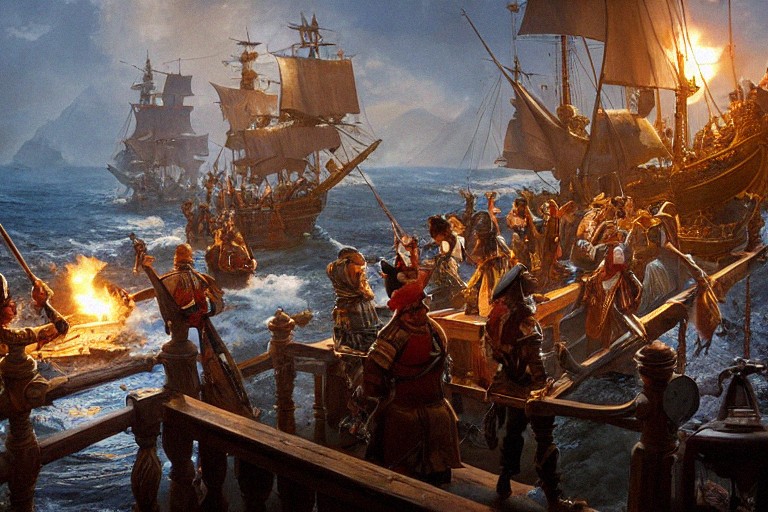
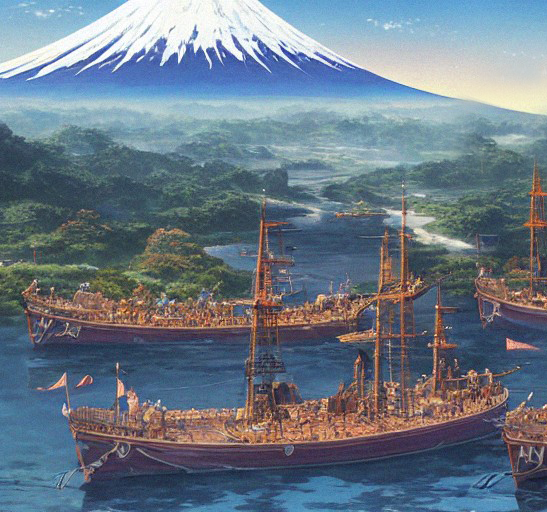

Captain Kosevo was able to communicate by written correspondence with Captain Garrion by means of leaving messages with harbor officials at various ports along the way. In this manner were conveyed a somewhat suspicious account of his separation from the fleet and offers of future assistance that were unlikely to be needed. Captain diUmbria caught the message in turn at Natal, it having taking him several additional days at sea to make the journey. The older Venetian took to pondering the journey; it had all happened so quickly, far against his expectations of the intimidating voyage. He thought that what he valued most was not any of the artifacts or trade goods they carried back, but simply the sight of Edo, of Mount Fuji. The perfect cone was something he’d seen illustrated in woodcuts, but never believed he might view with his own eyes. Even the substance of the city itself, its architecture, from his perspective was a novelty he’d treasure in his memory.
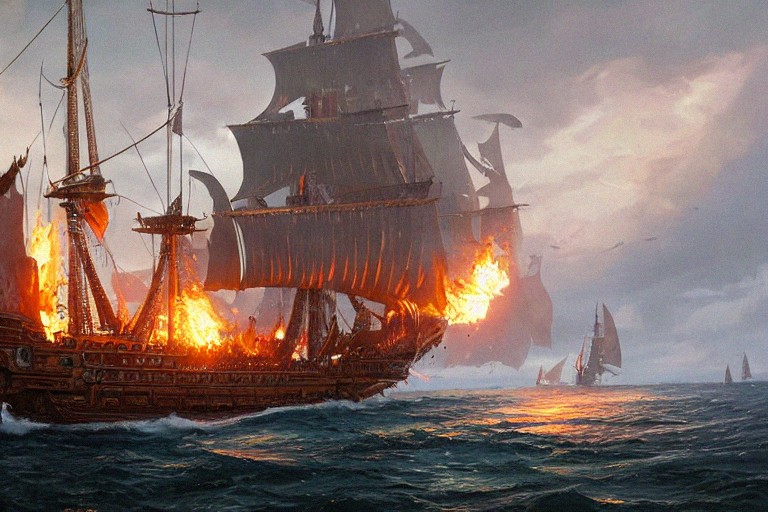
It took the Joy of Triton just over 30 days to sail from Natal, round the Cape of Good Hope, and northward to Luanda. Along the way, somewhere on the west African coast, a small fire broke out. Though quickly attended to, the blaze managed to destroy all the Japanese fish that diUmbria had caught. Just after this, they were caught up in a terrible squall, one of the worst storms many of the sailors had ever suffered through. The vessels they sailed were fit to the circumstance, and with sensible rigging and seasoned hands on the rudders they found their way through without a trace of serious damage.
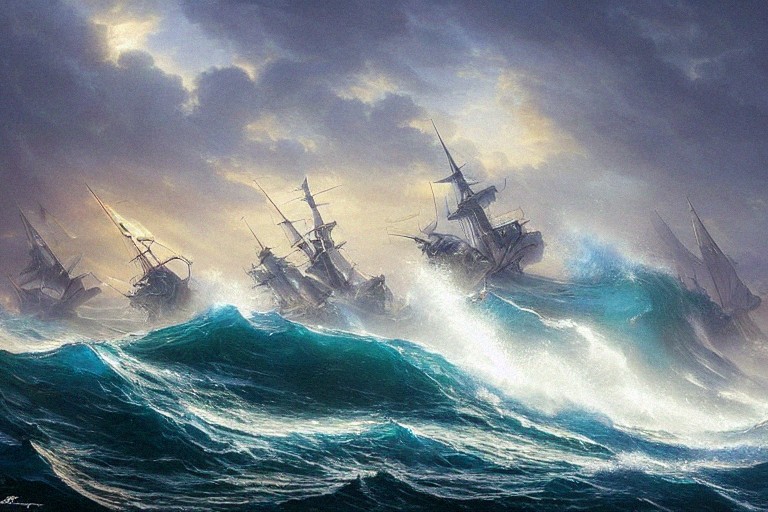
What followed this was day upon day of uneventful sailing, broken only by a short stop at Sao Tome. About twenty days of sailing north found diUmbria again attacked by pirates; this time he thought he was getting away easy, but was caught off guard. As the pirates approached, he swung the rudder towards them as though to board or ram; then as the pirate normally backed off at this response, diUmbria would throw the rudder back and tilt to the opposite side. At this point the pirate would have already committed to a line that would give the Venetian a head start to escape. Much to his surprise, however, the other ship had a forward mounted cannon and was ready to fire. The first shot ripped across the deck and smashed into the wall of the captain’s quarters. So the last Formosan artifact was destroyed, along with a good portion of the recently restocked fishing haul. The shrewd old captain still managed to escape, and sent the pirates to swimming in the exchange, but the damage couldn’t be ignored this time. They soon came to see another port on the horizon and put in at Sierra Leone with the intention of resting a few days, repairing ship and body, before setting to sea again.
